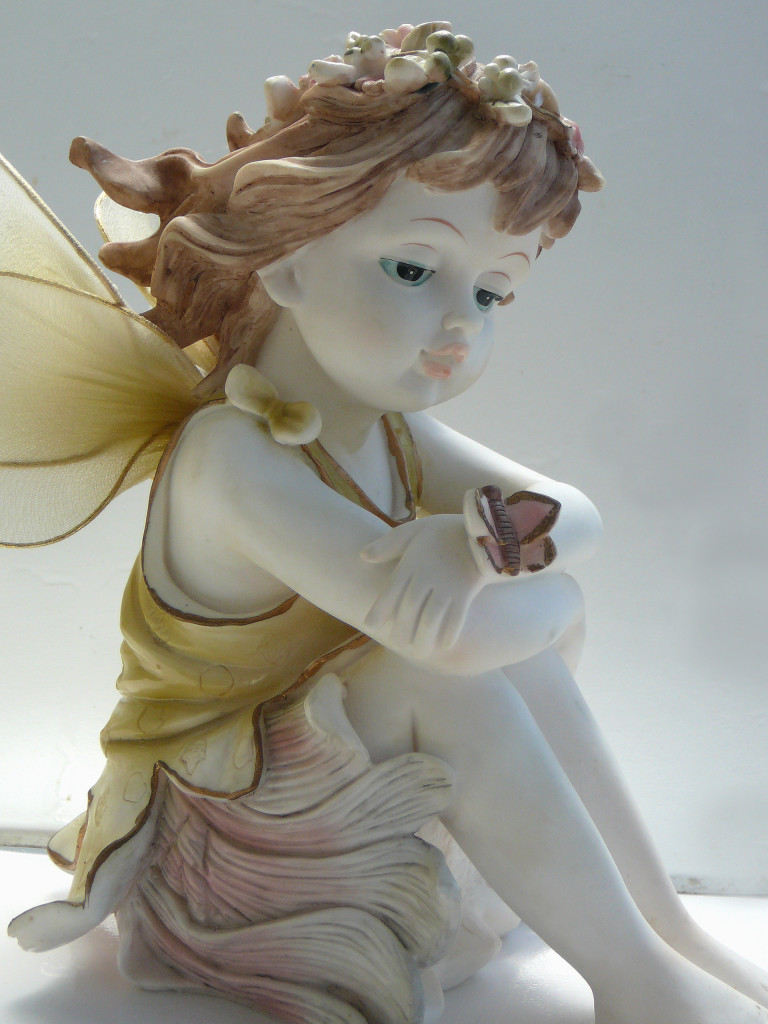What Makes Special Audiences Special?
My interview with Beth Redmond-Jones on Museum Life today really got me thinking. As Beth said on the show, 1 in 68 children are diagnosed as being on the autism spectrum and these children are growing up to be adults on the autism spectrum. Many of these adults are high-functioning individuals: creative, inquisitive seekers, the kind of people that enjoy museums. But not if the museum environment isn’t safe for them. If the environment is too loud, too busy or even too crowded, autistic children and their families and autistic adults can’t enjoy the experience.
Some museums address this by opening early so that these special audiences can visit when the museum isn’t so crowded, but that usually means purchasing a museum membership. Some museums have select days where programming and activities address the needs of a particular, special audience.
But are autistic audiences or any group of people that have a cognitive or emotional challenge really so special? By special I don’t mean important or worthy of our consideration, but special in the sense of separate. When I think of all the children soon to be adults that have been diagnosed having autism, ADD, ADHD, dyslexia and even executive functioning challenges, we’re talking about large numbers of people. And that’s just the people that have diagnoses! Can we really think we are serving our communities with an extra hour here and a special program there?
There is also the issue of segregation. Should we be segregating these special audiences from the rest of us? Aren’t these people part of our community? One of the strengths of museums is that these are places where communities can come together. Aren’t there some compromises we can make? Is it really important to the overall exhibit experience to have strobe lights? Or competing audio or heavy sound tracks? Perhaps all of us might enjoy exhibits more if there was less competing for our attention.

